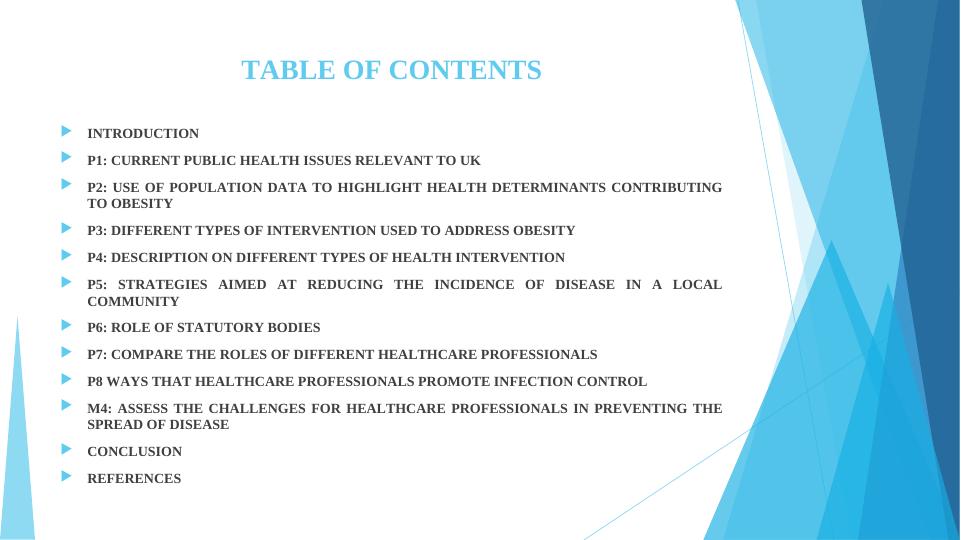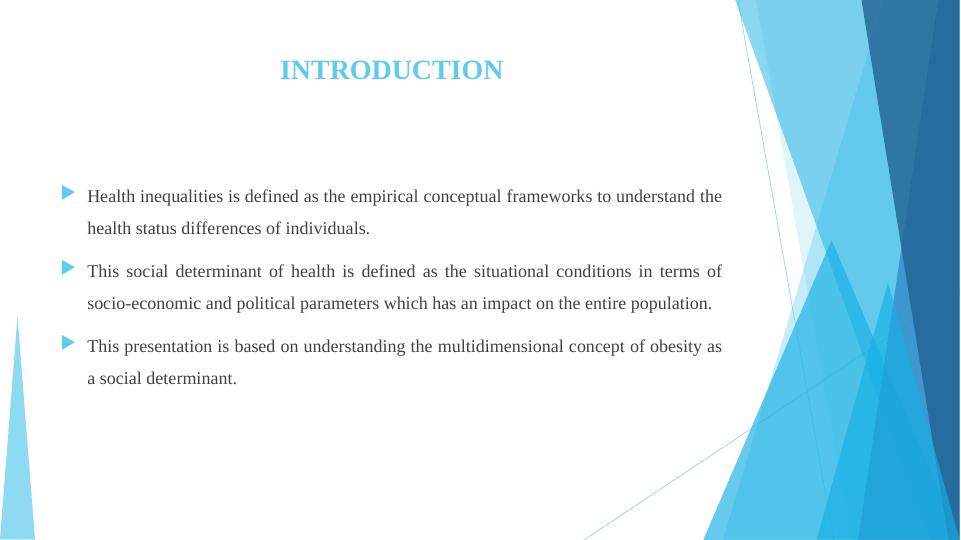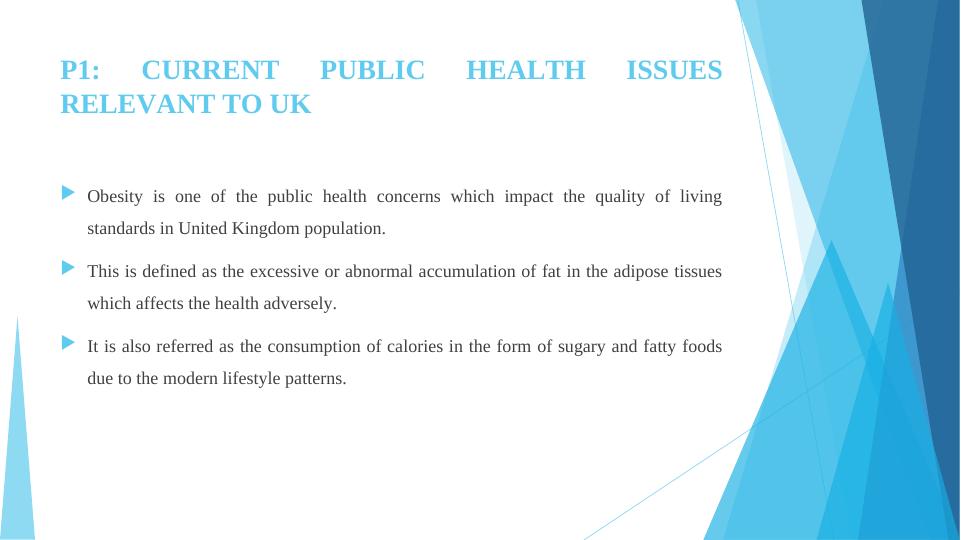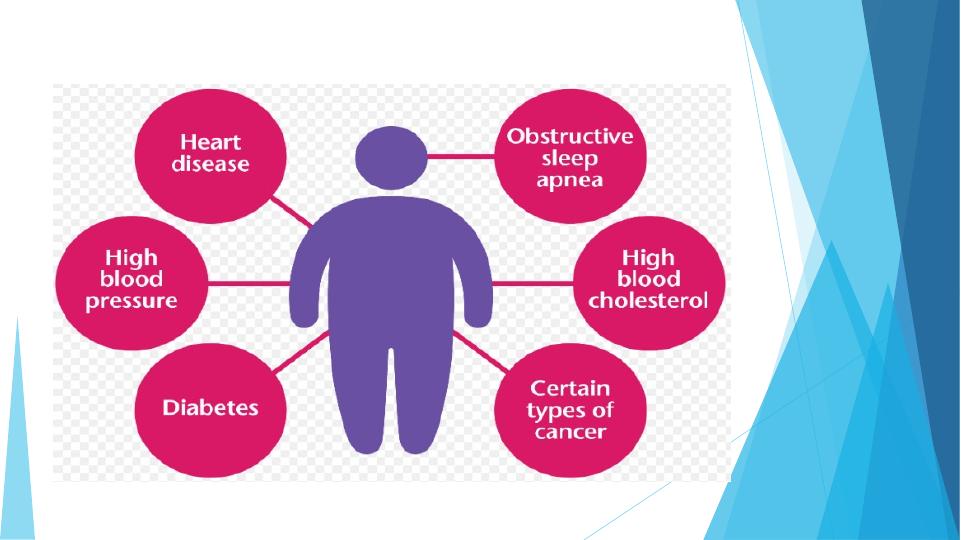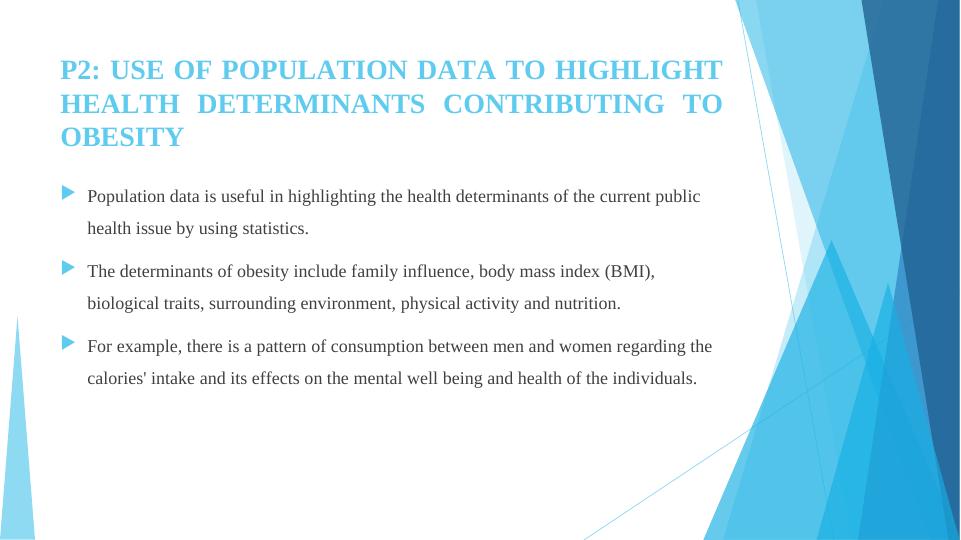Addressing Health Inequalities: Current Public Health Issues and Interventions for Obesity
Added on 2023-02-01
33 Pages2425 Words77 Views
End of preview
Want to access all the pages? Upload your documents or become a member.
Addressing Health Inequalities - PDF
|13
|4047
|357
Obesity: Prevalence, Causes, Risk Factors and Interventions
|7
|1827
|314
Factors and Strategies for Treating Adult Obesity in England
|41
|14630
|291
Addressing Health Inequalities
|11
|1964
|27
Public Health UK in Mental Health: Obesity
|10
|3169
|99
Causes, Symptoms, and Interventions for Obesity
|8
|2037
|39


